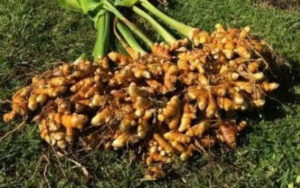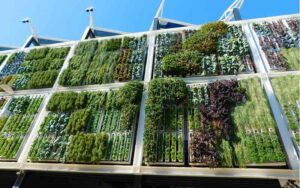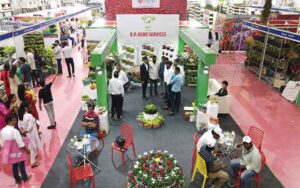Potassium deficiency affects banana plant growth and yield
Hajipur: Farmers in India are currently taking a lot of interest in banana farming for better earnings in a short period, requiring less investment and providing excellent yields and profits. To achieve a good harvest, it is necessary to supply exact nutrients to the banana crop. Potassium plays the key role in banana cultivation; in its absence, never expect to get a better yield.
Therefore, it is essential for each banana plant to deliver 300 grams of nitrogen, 50 grams of phosphorus, and 300 grams of potash to meet their nutrient needs. Both nitrogen and potash must be used as fertilizers every 2 to 3 months. Lack of potassium slows down the growth of plants; in this case, leaves turn yellow, and spots can be seen near the stem.
Also Read: Health crisis looms in Delhi amid poor air quality
However, in many cases, the central part of the root changes into brown. The deficiency of potassium can lead to smaller, misshapen fruits that are not ideal for the sale in the market. Cracks may develop near the secondary veins of the leaves, and the main vein may break, causing the leaf edges to droop.
The right amount of fertilizer is essential for banana farming, ensuring plants get appropriate nutrition and yield perfect crops. To correct symptoms caused by potassium deficiency, such as yellowing leaves and other deformities, a 2% potassium chloride (KCl) foliar spray can be applied. This method should be done on a weekly basis until the symptoms disappear completely.

















